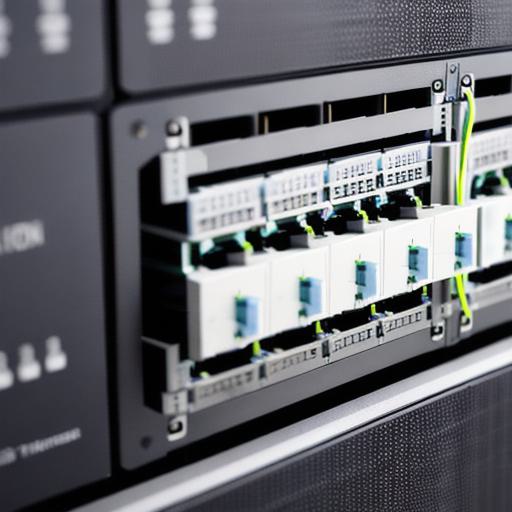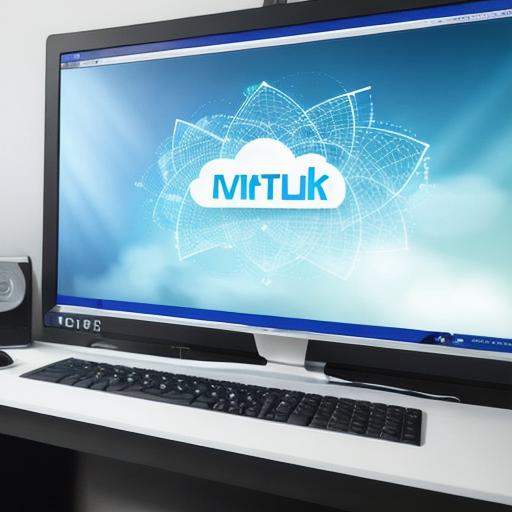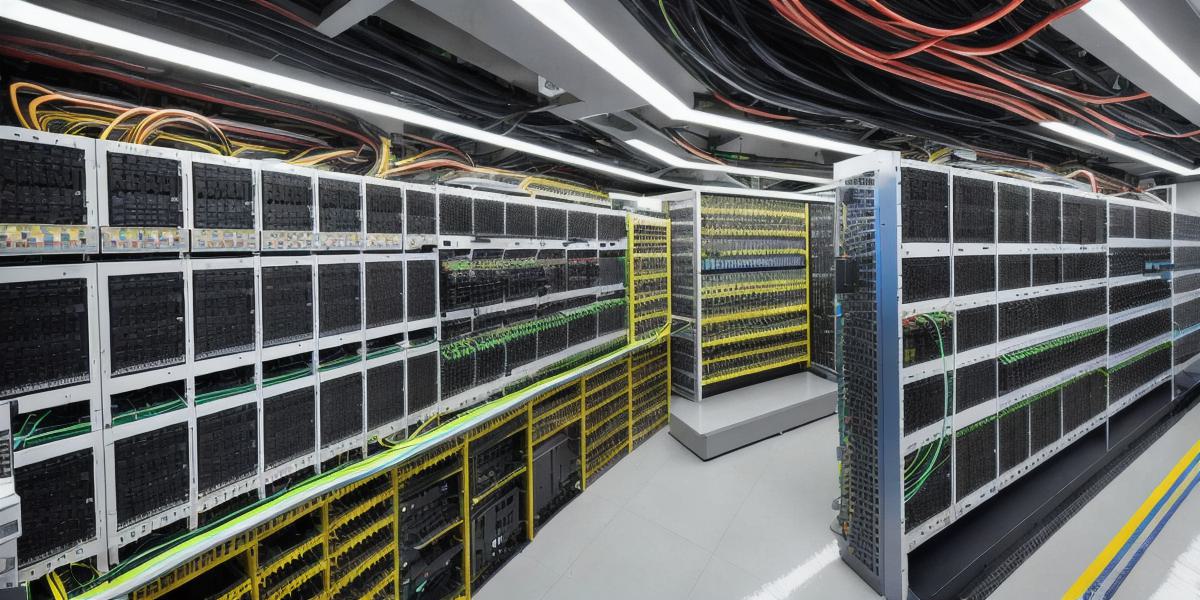In today’s digital age, data centers have become the backbone of business operations and innovation. As we delve into the complex world of data center networking, let us explore the essential components that ensure seamless communication and information exchange within these vast infrastructures.
1. High-Speed Backbone: The Foundation of Data Center Networking
The backbone forms the core of any data center network, providing a robust foundation for interconnecting various devices and subnetworks. Traditionally, high-speed switches such as 40GbE or 100GbE are utilized to create this infrastructure, ensuring low-latency communication and efficient data transfer.
**Example:**
A financial services firm uses a 100GbE backbone to connect multiple trading floors, enabling real-time market data analysis and fast decision making.
**2. Virtualization and Software Defined Networking: Transforming Data Center Architecture**
Virtualization and SDN are transformative technologies that have revolutionized data center networking. They provide the flexibility to dynamically allocate resources and simplify network management, thereby improving agility and reducing operational costs.
**Key Features:**
Centralized control plane
Programmable infrastructure
Dynamic resource allocation

**Example:**
A cloud service provider employs SDN to create custom virtual networks for its clients, providing them with the flexibility to scale up or down as required.
**3. Cabling and Connectivity:
The Unseen Heroes**
Cabling and connectivity play a pivotal role in data center networking, ensuring reliable and high-speed transmission of data. Copper cabling (Cat5e/6/7) and fiber optic cables (multimode/single mode) are commonly used for this purpose, with their choice depending on the distance and bandwidth requirements.

**Example:**
A telecommunications company uses fiber optic cables to connect its data centers across different cities, ensuring high-speed, long-distance communication and minimal data loss.
**4. Network Security: Protecting Your Digital Assets**
In the face of increasing cyber threats, securing your data center network is crucial. Firewalls, Intrusion Detection Systems (IDS), Virtual Private Networks (VPN), and other security measures are employed to protect against unauthorized access, malware attacks, and data breaches.
**Example:**
A healthcare organization implements strict network security policies, including multi-factor authentication, access controls, and regular vulnerability assessments, to safeguard its sensitive patient data.
**5. Power and Cooling: The Unspoken Challenges**
Power management and cooling are two critical components of data center networking often overlooked but essential for maintaining optimal performance and reliability. Energy-efficient servers, power distribution units, and cooling systems are employed to ensure efficient use of resources while minimizing energy consumption and heat generation.
**Example:**
A large social media company implements a hot-aisle/cold-aisle layout and uses air conditioning units with precision cooling capabilities to maintain optimal temperature and humidity levels within its data center.
In conclusion, the key components of data center networking—high-speed backbone, virtualization, cabling, network security, and power and cooling—work together in harmony to create an efficient, reliable, and secure infrastructure for managing and transmitting massive amounts of data. By understanding these components, we can gain a deeper appreciation for the complex world of data centers and their role in our increasingly digital society.
